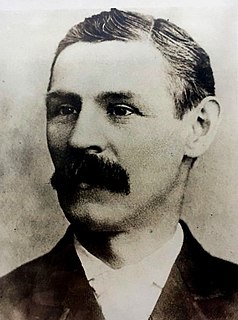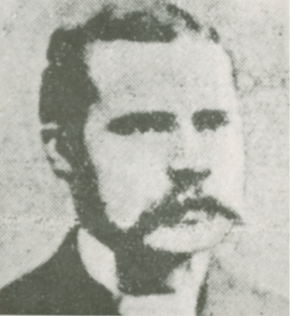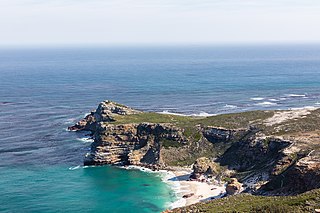Colonel Denys Richard Martin ranks among the most distinguished philatelists of the Twentieth century. As a systematic scholar and prolific writer, Martin illuminated some of the most difficult topics and set a high standard for the study of the postage stamps and postal history of India and Burma.

Sir Edward Denny Bacon, KCVO was a British philatelist who helped with the enlargement and mounting of collections possessed by rich collectors of his time and became the curator of the Royal Philatelic Collection between 1913 and 1938.
Sir John Brook Marriott was a British teacher and philatelist. He was the keeper of the Royal Philatelic Collection between 1969 and 1995.

James Negus was a British philatelist and book editor.

Walter Morley (1863-1936) was a pioneering English philatelist, stamp dealer and philatelic author.

Charles Nissen was a British philatelist, and stamp dealer who discovered the famous stock exchange forgery and wrote, with Bertram McGowan, the definitive book on the plating of the Penny Black.

Frederick John Melville was a British philatelist, prolific philatelic author and founder of The Junior Philatelic Society. He was also a founder in 1907 of the Philatelic Literature Society. Melville is a member of the American Philatelic Society's Hall of Fame and was a signatory to The Roll of Distinguished Philatelists in 1921.

The Roll of Distinguished Philatelists (RDP) is a philatelic award of international scale, created by the Philatelic Congress of Great Britain in 1921. The Roll consists of three pieces of parchment to which the signatories add their names.
David Richard Beech MBE was the curator of the British Library Philatelic Collections from 1983–2013. He is a Fellow and past President of the Royal Philatelic Society London (RPSL). In 2013, it was announced that Beech will receive the Smithsonian Philatelic Achievement Award for outstanding lifetime accomplishments in the field of philately.
Lionel William Fulcher B.Sc. (1865–1945) was a British philatelist who co-edited, with Stanley Phillips, Gibbons Stamp Monthly, was Vice President of the International Philatelic Union and was a key figure in the Fiscal Philatelic Society. He was an expert on the early stamps of Japan and also studied Venezuela, Peru, Nicaragua, Papal States and Norway.
Percival Loines Pemberton, Pem to his friends, was a British philatelist and stamp dealer who signed the Roll of Distinguished Philatelists in 1921. He was the son of Edward Loines Pemberton (1844–1878) who was also an eminent philatelist.
Douglas Garth was a British philatelist who was one of the "Fathers of Philately" entered on the Roll of Distinguished Philatelists in 1921. He was an expert on the stamps of India and British Guiana and a Solicitor in the firm of Pemberton & Garth. Garth was the second son of Sir Richard Garth, a former Chief-Justice of Bengal.

Walter Dorning Beckton was a British philatelist who signed the Roll of Distinguished Philatelists in 1921. He was a Manchester solicitor by profession in the firm of Hockin, Beckton & Hockin.
Leslie Leopold Rudolph Hausburg was a British philatelist who was one of the "Fathers of Philately". His name was entered on the Roll of Distinguished Philatelists in 1921. He was also a leading tennis player.
Henry Robert "Bob" Holmes was President of the Royal Philatelic Society London 1961-64 and signed the Roll of Distinguished Philatelists in 1953.
Dr. William Robert Denison Wiggins FFARCS MRCS was a British medical practitioner and philatelist who in 1963 was awarded the Crawford Medal by the Royal Philatelic Society London for his work The Postage Stamps of Great Britain Part II.

William Thorne was a wealthy American businessman and philatelist. In poor health, he retired early from the leather trade and began to collect postage stamps. He was one of the founders of the Philatelic Society of New York and the second president of the Collectors Club of New York. He was the owner of the unique block of four of the 1869 24¢ United States stamps with inverted center. He sold his collection but restarted in order to provide a distraction from his poor health. He died in 1907 after three operations for what was thought to be throat cancer.

Thomas Ridpath was a Liverpool stamp dealer who handled some of the greatest rarities in philately such as the British Guiana 1c magenta of 1856 and the block of four of the 1869 24c United States stamps with inverted centre. He gave philatelic lantern displays at which the differences between genuine and forged stamps were shown enlarged on a screen and supplied the philatelic press with reports of new finds that they reported in their columns.













